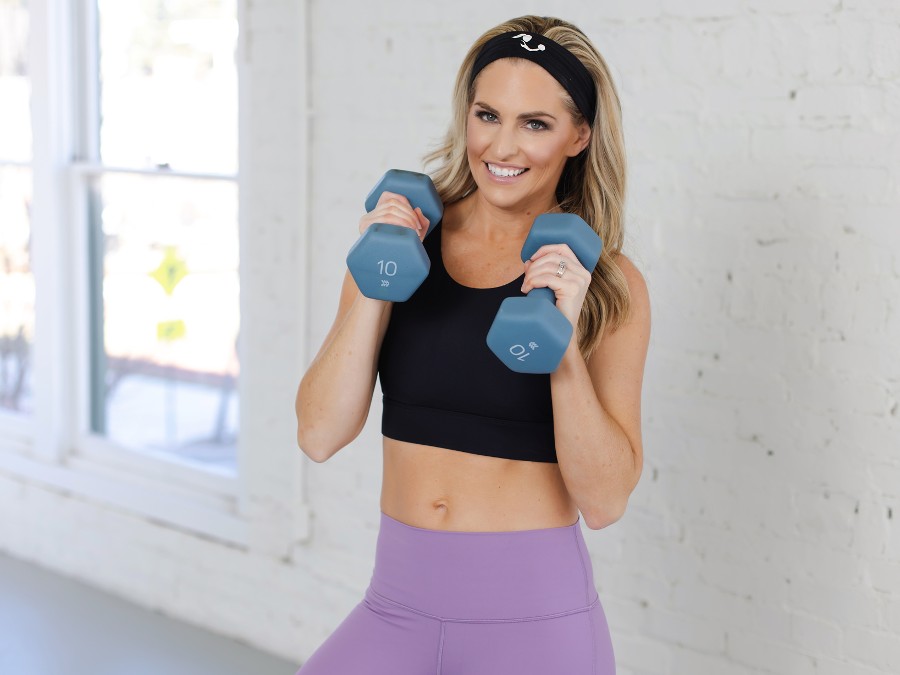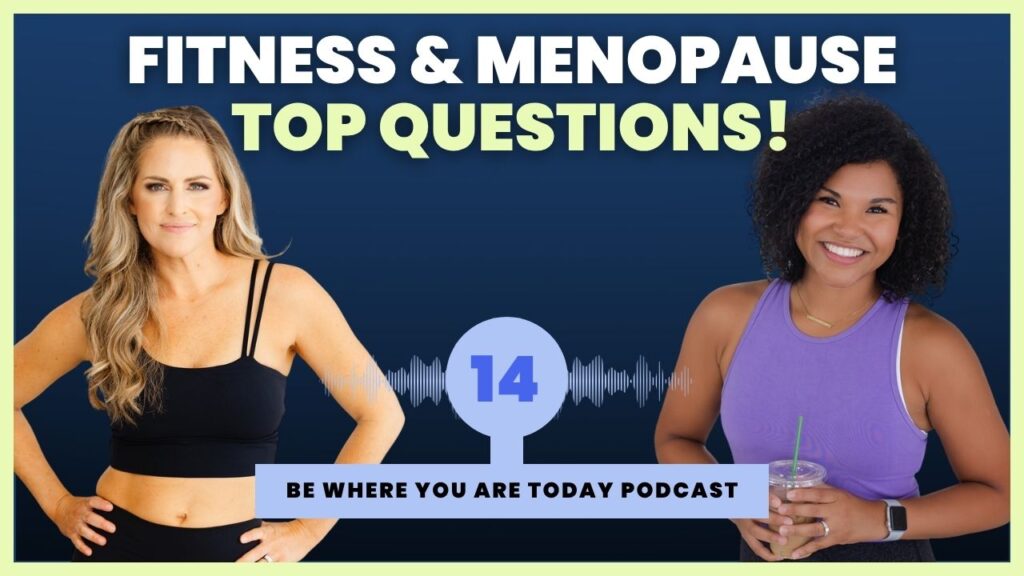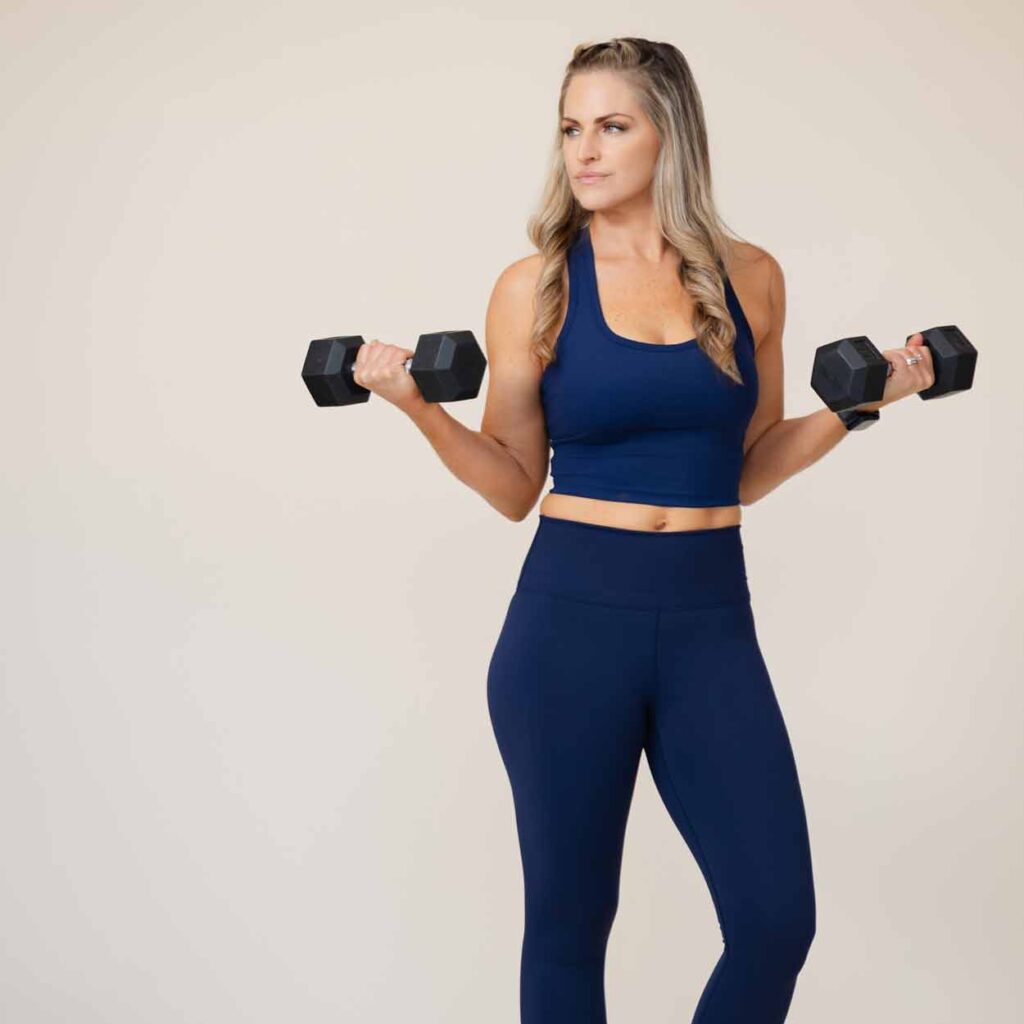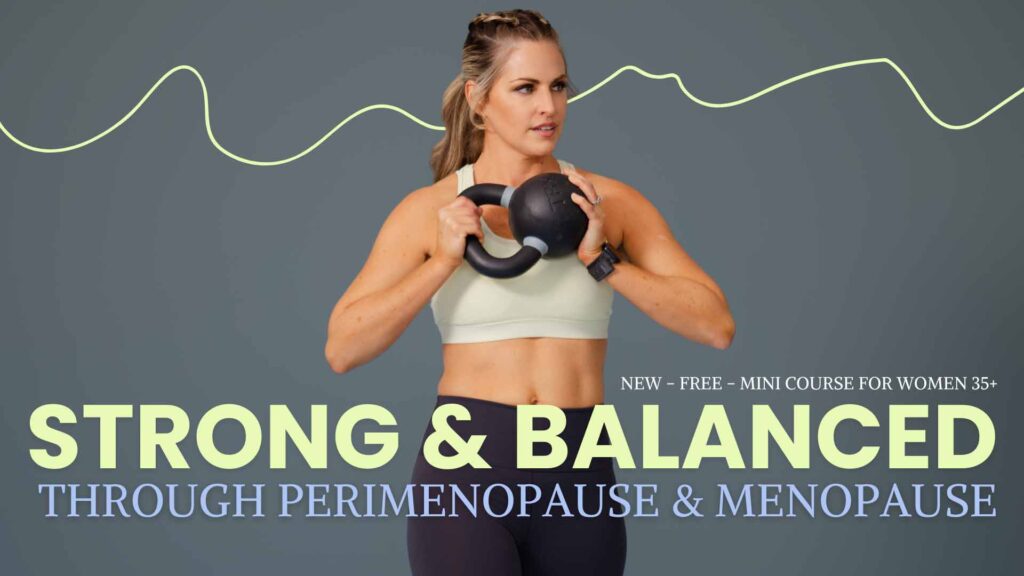October is breast cancer awareness month. You’ve likely seen pink ribbons everywhere, social media posts, and public service announcements about breast cancer. And while it shouldn’t be limited to one month, this is a topic that’s near and dear to my heart both personally and professionally. I have close family members and friends who are breast cancer survivors. I’ve trained clients before, during, and after their diagnosis and treatment. And many of you, right here in our BodyFit community, have shared your own breast cancer stories and the role exercise played as you recovered, regained strength, and reconnected with your body during your cancer journeys.
I’ve also been lucky to work on a few different projects around cancer surgeries and recoveries, including a “ Prehab” program to encourage strength and endurance while preparing for surgery, a Cancer Rehab program for cancer survivors to regain strength and function, and improve quality of life. Both were collaborations with doctors and researchers who were also BodyFit by Amy followers and avid exercisers. Most recently, I worked with Complement 1, programming and filming workouts for both cancer survivors and cancer prevention.
Why is there so much emphasis on cancer and exercise? Physical activity is one of the few things that has statistical significance when it comes to cancer, specifically in preventing recurrence.
What does the science actually say?
*According to the Susan G. Komen Foundation, women who exercise regularly have a 10-20 % lower risk of developing breast cancer than those who are inactive. A 2017 meta-analysis of studies between 1994 and 2017 reported physical activity is significantly associated with a decrease in the risk of breast cancer.
*But it’s not just breast cancer. A large 2019 study of 750,000 participants published in the Journal of Clinical Oncology showed that physical activity reduces risk for seven different cancer types: breast, colon, endometrial, non-Hodgkin lymphoma, multiple myeloma, kidney, and liver.
*The most compelling research comes with activity and cancer recurrence. A 2020 meta-analysis concluded, “Exercise significantly reduced the risk of recurrence in cancer survivors” and that physical activity has a favorable effect on mortality and recurrence in cancer patients.
For breast cancer specifically, a 2021 study stated “Meeting the minimum guidelines for physical activity both before diagnosis and after treatment appears to be associated with statistically significantly reduced hazards of recurrence and mortality among breast cancer patients.” Additionally, a 2019 systematic review and meta analysis on breast cancer survival concluded “Breast cancer survivors who were the most physically active had a 42% lower risk of death from any cause and a 40% lower risk of death from breast cancer than those who were the least physically active.”
How exactly does being active lower our risk and prevent recurrence?
Physical activity affects our bodies biologically in many ways, including:
- Reducing the levels of sex hormones such as estrogen, and growth factors that have been associated with the growth and progression of certain types of cancers
- Preventing high levels of insulin
- Reducing inflammation and improving overall immune function
- Managing bodyweight and preventing obesity, which have been shown to increase cancer risk
A 2022 study showed strong evidence that regular physical activity results in reprogramming those metabolic pathways associated with glucose utilization — which they refer to as a ‘metabolic shield.’ Researchers theorized that exercise may increase competition for glucose, which may “starve” tumors of essential fuel by increasing the glucose demand from internal organs.
Additionally, we know movement can reduce risk of side effects and improve overall quality of life in cancer patients by:
- Increasing our “feel good” hormones and improving mood
- Reducing levels of depression and anxiety
- Improving energy levels
- Reducing risk of reduce the risk of lymphedema
- Easing fatigue
- Easing bone and joint pain
- Improving sleep
Let’s be clear: An individual’s cancer risk is determined by multiple factors, including many that are beyond our control. Active people get cancer and inactive people might avoid it. This is not meant to shame anyone who was not exercising prior to a cancer diagnosis or unable to be active during or after one. And we all know how extremely tough cancer and going through treatments are on the body, physically, mentally and emotionally.
And yet another disclaimer: I am not a doctor. I’m just a science nerd who likes looking at research (thanks, graduate school!), and a trainer who wants to help others realize all the many benefits of exercise and why we need to keep moving. And of course (one more disclaimer), always consult with your healthcare provider before beginning any exercise program.
The bottom line: any and all movement is beneficial to our health, especially when it comes to lowering our risk for cancer and recurrence of cancer. Even small bouts of exercise, like my 5 Minute and 10 Minute Workouts, can provide both protective and preventive effects for chronic disease. Do what you can, as you can, and of course, be where you are today.










